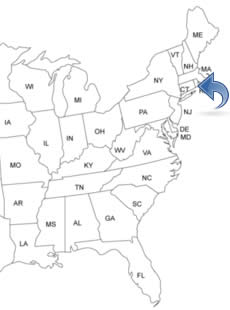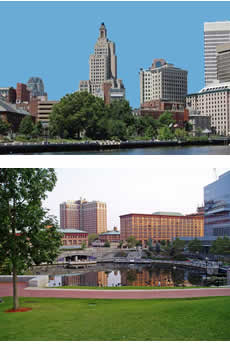RHODE ISLAND PEOPLE SEARCH!
- ✔ Contact Info
- ✔ Phone Numbers
- ✔ Criminal Records
- ✔ Income Info
- ✔ Neighbors
- ✔ People's Age
- ✔ Property Ownership
- ✔ And Much More
Providence, Rhode Island
Providence is located in the eastern part and is the capital and the largest city in the U.S. State of Rhode Island. The Creative Capital. Providence has a friendly small town feel with the culture and sophistication of a big city. The city has a scenic beauty, a beautiful park system, and a rich history. Providence was one of the first cities to industrialize in the USA.
To See And To Do In Providence
- Roger Williams National Memorial Museum
- Roger Williams Park
- Rhode Island State House
- Cathedral Of Saint John
- City Hall
- Haines Memorial State Park
- The Providence Athenaeum Library
- RISD Museum Of Art
- Prospect Terrace Park
- Rhode Island School Of Design Museum Of Art
- John Brown House
- Waterplace Park and Riverwalk
- Rose Larisa Memorial Park
- First Baptist Church In America
- Providence Place Mall
- Royal Gallery
- Pomham Rocks Lighthouse
- The Museum Of Natural History And Planetarium At Roger Williams Park
History Of Providence - Timeline
In 1636, Providence was settled by Roger Williams and other religious exiles from the Massachusetts Bay Colony. In 1638, more settlers came to Providence. In 1676, Providence was destroyed by Native Americans. In 1731, a meeting house was built on Meeting Street. In 1753, the Providence Athenaeum Library was founded. In 1755, the first fire engine was placed in service. In 1758, a fire destroyed the meeting house on Meeting street.
In 1764, When England passed the Sugar Act to levy an import tax on sugar products, residents in Providence felt their livelihood threatened and were among the first to agitate against British rule. In 1772, The Gaspée Affair was a significant event in the lead-up to the American Revolution. Merchants and mariners from Providence rowed down the bay to Gaspee Point, in Warwick, to attacked, board and set fire to the stranded British ship, the Gaspee.
In 1773, the first city hall was built. In 1775, People in the town were against the British Tea Act of 1773 and they set fire to 300 pounds of tea in Market Square.
In 1800, more than 7,600 people lived in Providence and the towns first dentist, Dr. Greenwood, began to work. In 1824, working-class whites attacked black homes in a race riot. In 1831, five men died in a clash between white sailors and blacks in the town.
In 1832, Providence became a city. In 1835, the railroad came to the city. In 1847, gas lighting was established and the Butler Hospital opened. In 1865, more than sixty percent of the residents were foreign. Immigrants from Germany, Sweden, Ireland, England, Italy, and Portugal came to work in the city's industries.
In 1887, the Roger Williams Monument was erected. In 1878, the new City Hall was completed. In 1879, communication with telephones began. In 1882, the city had electricity. In 1896, the Banigan Building was completed.
In 1900, more than 175,500 people were living in the city. In 1910, almost 225,000 people lived in Providence. In 1919, there were over 60,000 telephone customers in the city. In 1928, the Industrial Trust Building was completed.
In 1938, a storm brought death and devastation to the city. Parts of Downtown were inundated with seven feet of water. Buildings were damaged, hundreds of autos were destroyed. 311 Rhode Islanders died. 4 of them drowned in Providence.

